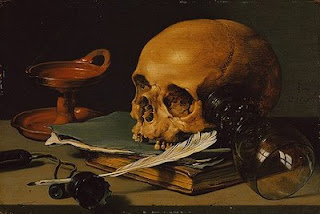
I believe that each child is a unique individual who needs a caring, and stimulating atmosphere in which to grow and mature emotionally, intellectually, physically, and socially. It is my desire as an educator to help students meet their fullest potential by giving them knowledge then facilitating their growth.
I believe in establishing an atmosphere of mutual respect in the classroom between teacher and students, as well as between students and students. If a teacher models respect and compassion, the students will respond in the same fashion, not only towards the teacher but also towards each other. I believe that it is crucial for teachers to model the behavior we wish to encourage among our students.
Each student learns differently, and it is very important to meet their needs by learning each students learning style and monitoring their progress with a variety of assessments in order to implement instructions that draw upon each student’s strength.
I understand that you can only teach what you know and I am constantly trying to learn new techniques/skills/art history facts that can help students. I want them to leave with the knowledge and self-confidence that will allow them to go out into the world and compete on an equal footing. It is up to me to gain the skills and knowledge that will allow me to prepare students for this tremendous challenge.
I believe in establishing an atmosphere of mutual respect in the classroom between teacher and students, as well as between students and students. If a teacher models respect and compassion, the students will respond in the same fashion, not only towards the teacher but also towards each other. I believe that it is crucial for teachers to model the behavior we wish to encourage among our students.
Each student learns differently, and it is very important to meet their needs by learning each students learning style and monitoring their progress with a variety of assessments in order to implement instructions that draw upon each student’s strength.
I understand that you can only teach what you know and I am constantly trying to learn new techniques/skills/art history facts that can help students. I want them to leave with the knowledge and self-confidence that will allow them to go out into the world and compete on an equal footing. It is up to me to gain the skills and knowledge that will allow me to prepare students for this tremendous challenge.



